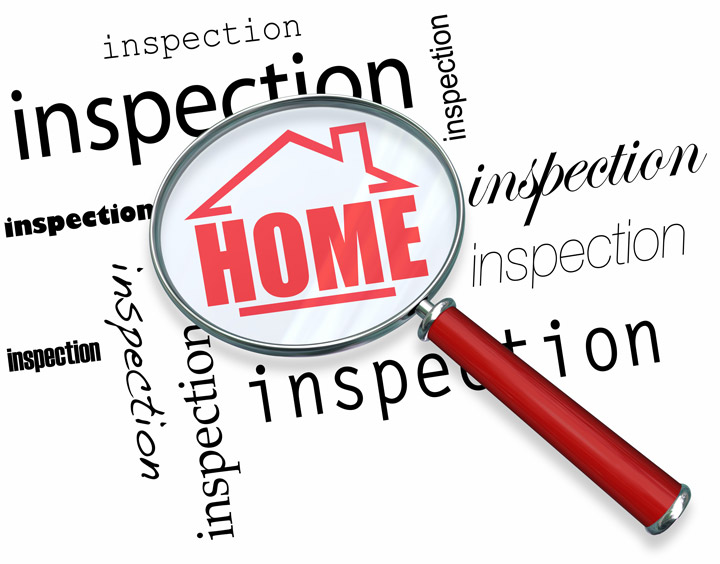
What Are the Parts of an Appraisal?A home purchase can be the largest financial decision some people could ever encounter. It doesn't matter if where you raise your family, a seasonal vacation property or one of many rentals, purchasing real property is a complex financial transaction that requires multiple parties to make it all happen. Practically all the participants are very familiar. The most recognizable entity in the exchange is the real estate agent. Next, the lender provides the financial capital necessary to finance the deal. And the title company ensures that all requirements of the exchange are completed and that the title is clear to transfer to the buyer from the seller. So, who's responsible for making sure the real estate is worth the purchase price? In comes the appraiser. We provide an unbiased opinion of what a buyer might expect to pay — or a seller receive — for a parcel of real estate, where both buyer and seller are informed parties. A licensed, certified, professional appraiser from Promontory Appraisal Services will ensure, you as an interested party, are informed. The inspection is where an appraisal beginsTo ascertain the true status of the property, it's our duty to first complete a thorough inspection. We must actually see features, such as the number of bedrooms and bathrooms, the location, amenities, etc., to ensure they truly are there and are in the shape a typical buyer would expect them to be. To ensure the stated square footage has not been misrepresented and describe the layout of the home, the inspection often entails creating a sketch of the floorplan. Most importantly, we look for any obvious features - or defects - that would have an impact on the value of the property. Back at the office, an appraiser uses two or three approaches to determining the value of the property: a paired sales analysis, a replacement cost calculation, and an income approach when rental properties are prevalent. 
Cost ApproachThis is where we use information on local construction costs, labor rates and other elements to calculate how much it would cost to replace the property being appraised. This value commonly sets the upper limit on what a property would sell for. It's also the least used method. 
Analyzing Comparable SalesAppraisers can tell you a lot about the neighborhoods in which they appraise. They innately understand the value of specific features to the homeowners of that area. Then, the appraiser looks up recent transactions in close proximity to the subject and finds properties which are 'comparable' to the property at hand. By assigning a dollar value to certain items such as square footage, additional bathrooms, hardwood floors, fireplaces or view lots (just to name a few), we adjust the comparable properties so that they are more accurately in line with the features of subject property.
After all differences have been accounted for, the appraiser reconciles the adjusted sales prices of all the comps and then derives an opinion of what the subject could sell for. When it comes to associating a value with features of homes in Sandy and Salt Lake, Promontory Appraisal Services can't be beat. The sales comparison approach to value is commonly awarded the most consideration when an appraisal is for a real estate sale. Valuation Using the Income ApproachIn the case of income producing properties - rental houses for example - we may use an additional method of valuing a house. In this situation, the amount of income the property produces is factored in with other rents in the area for comparable properties to derive the current value. Arriving at a Value ConclusionCombining information from all approaches, the appraiser is then ready to document an estimated market value for the property at hand. Note: While this amount is probably the best indication of what a property is worth, it probably will not be the final sales price. There are always mitigating factors such as the seller's desire to get out of the property, urgency or 'bidding wars' that may adjust an offer or listing price up or down. But the appraised value is often used as a guideline for lenders who don't want to loan a buyer more money than the property is actually worth. It all comes down to this, an appraiser from Promontory Appraisal Services will help you attain the most fair and balanced property value, so you can make wise real estate decisions. |